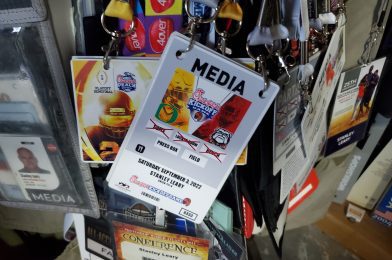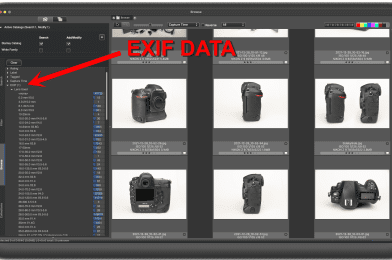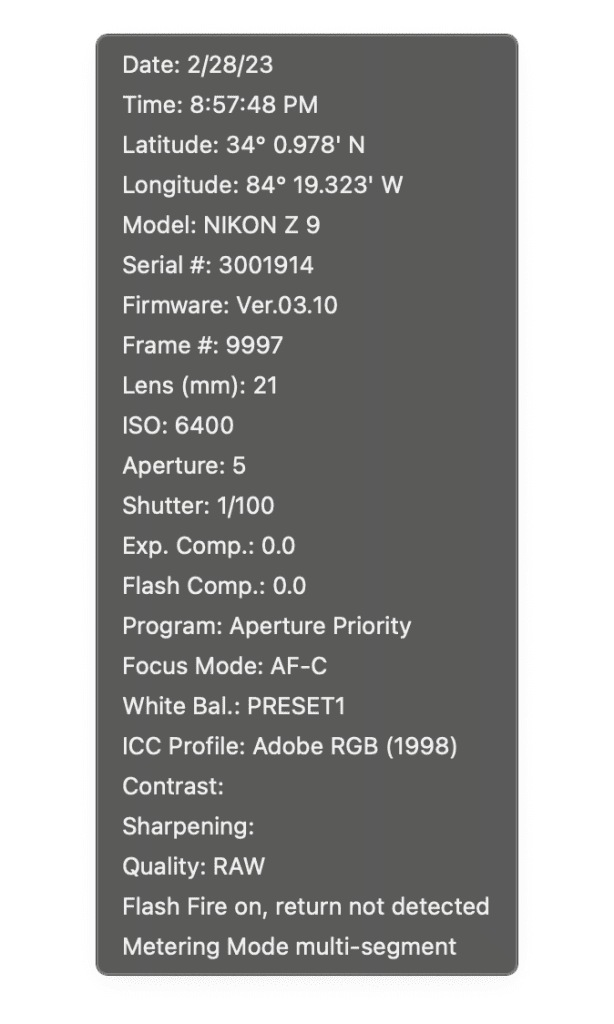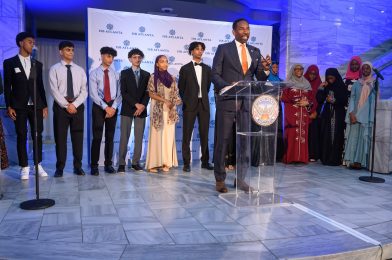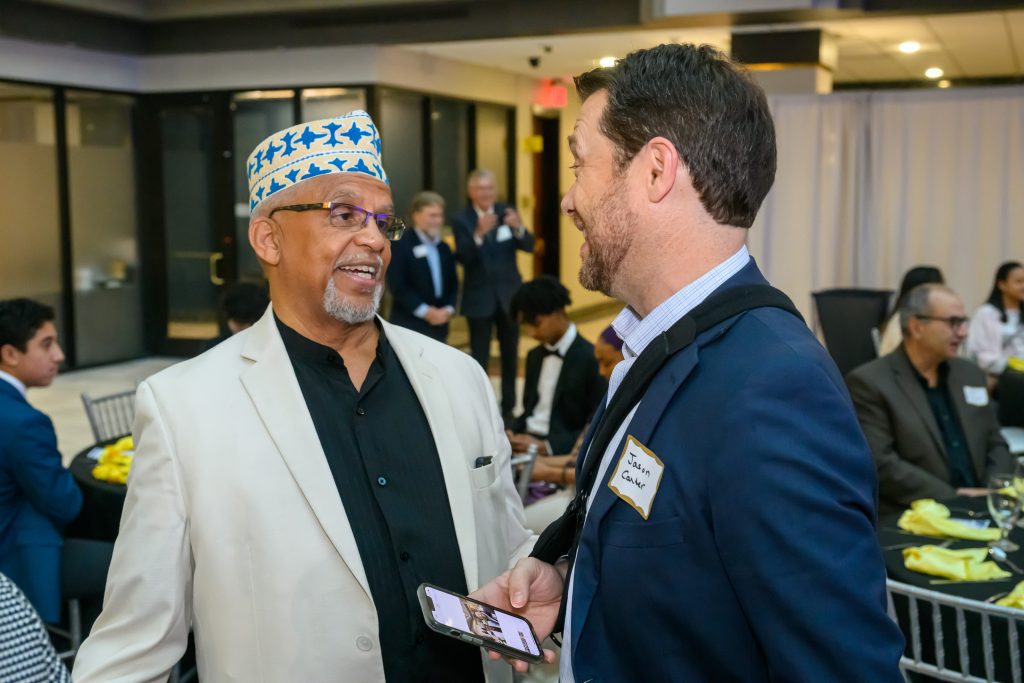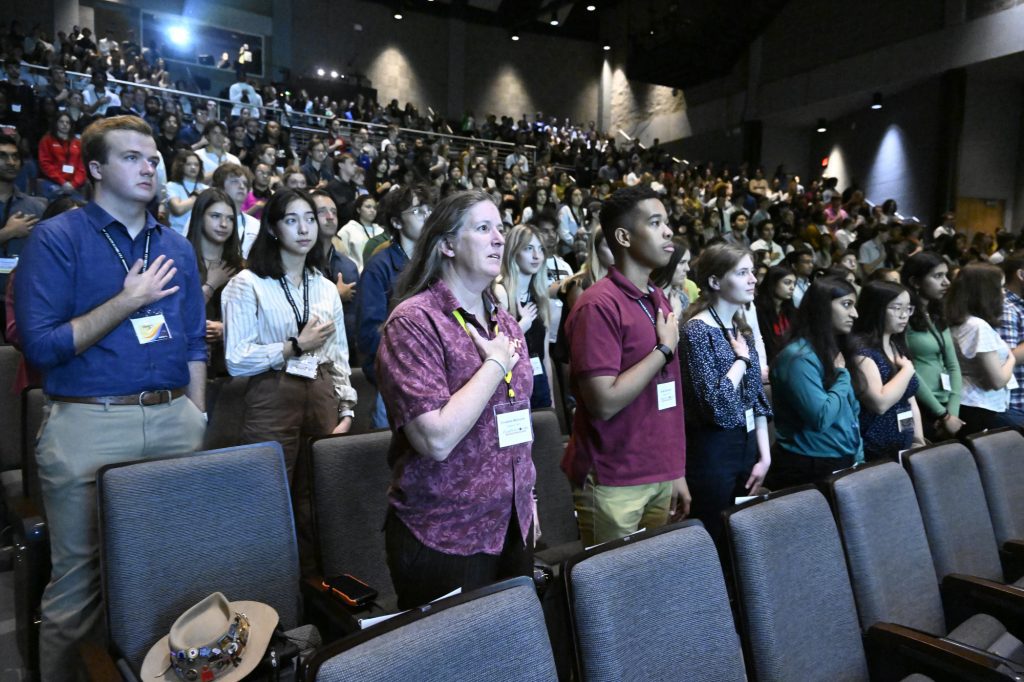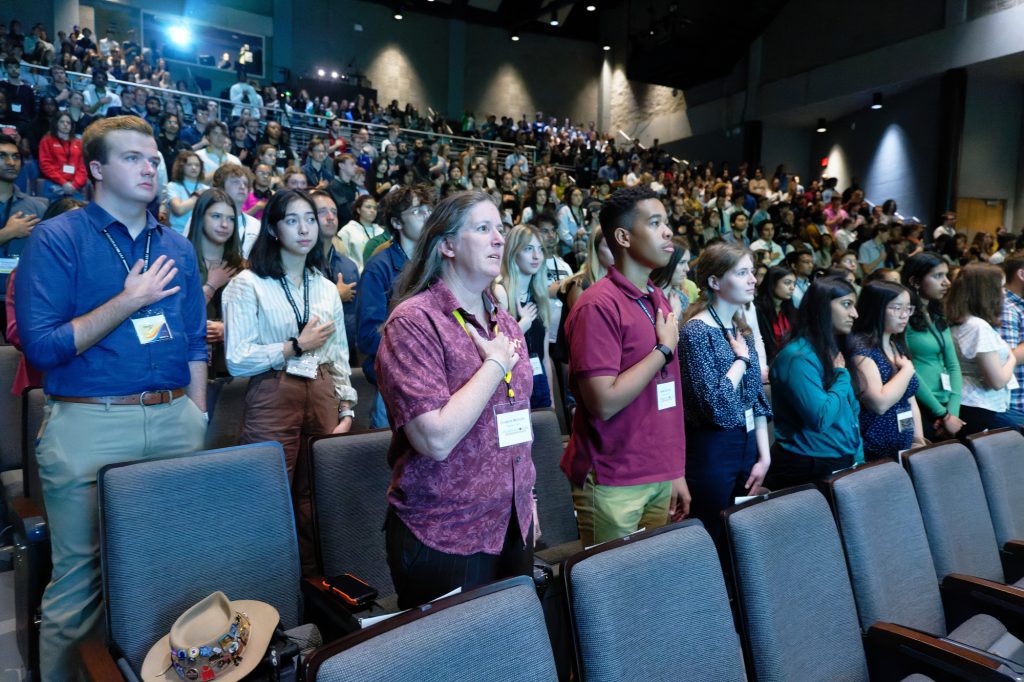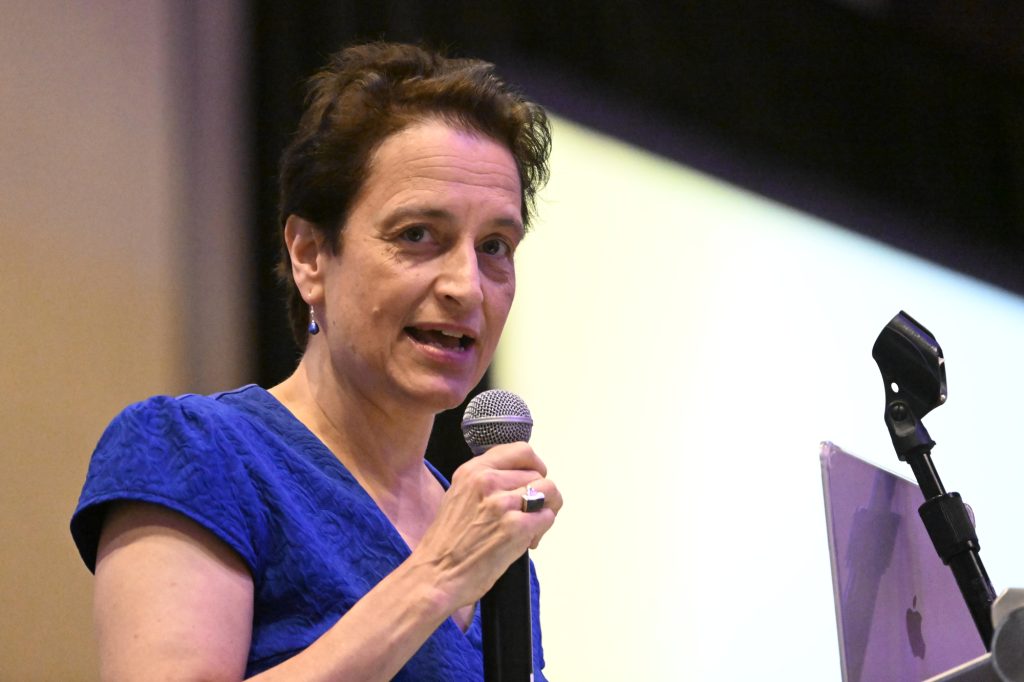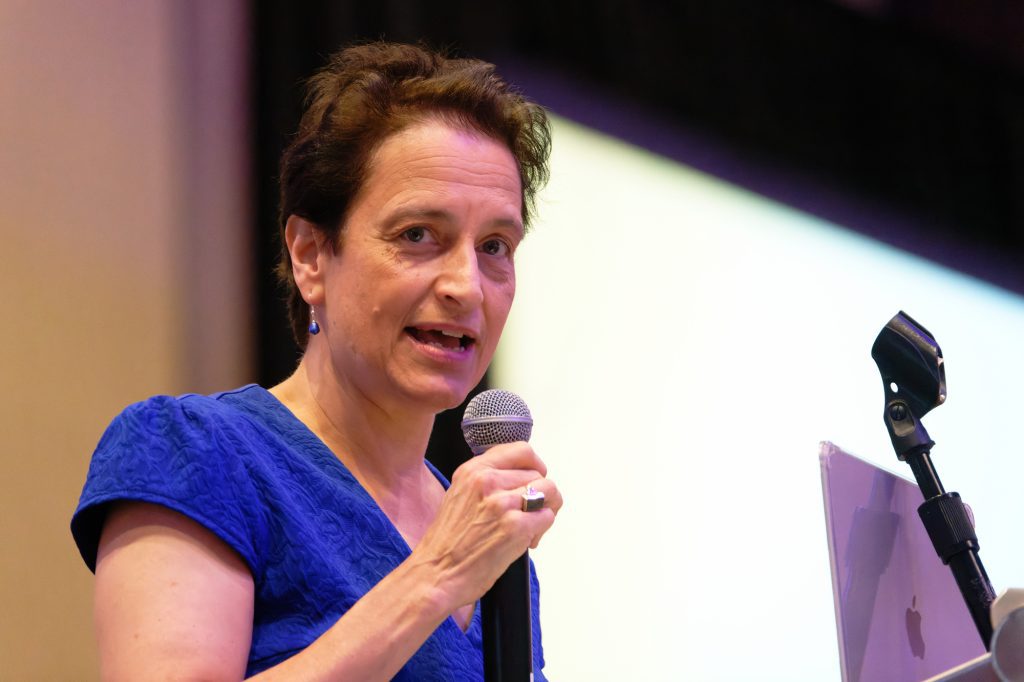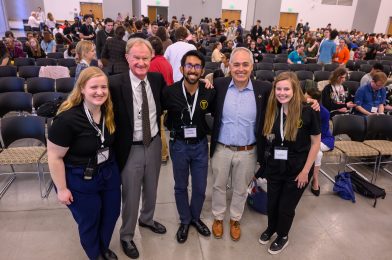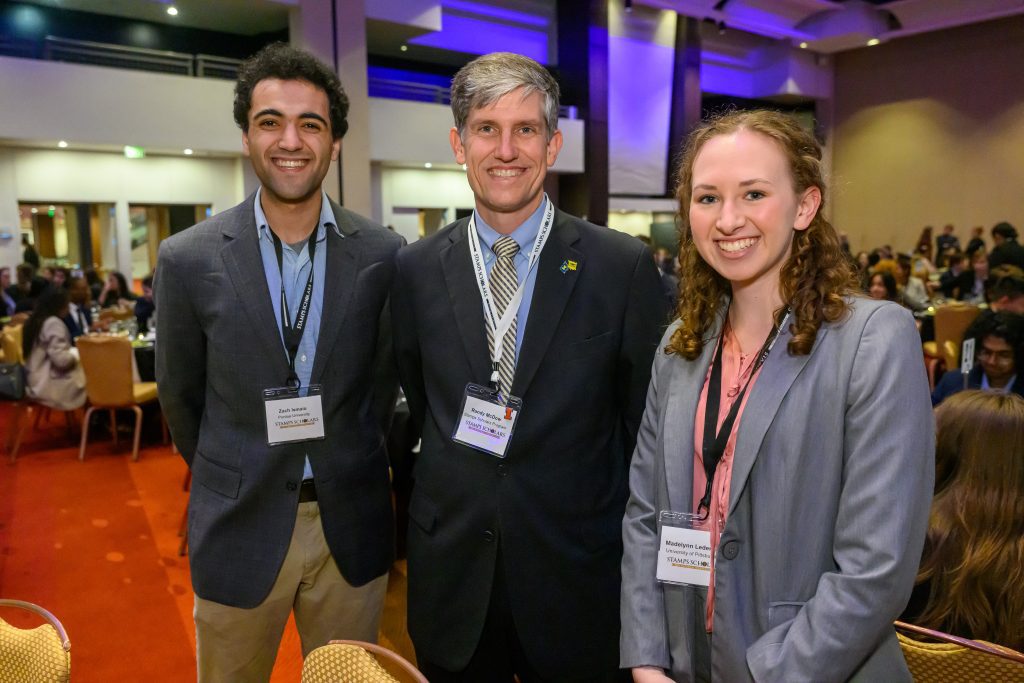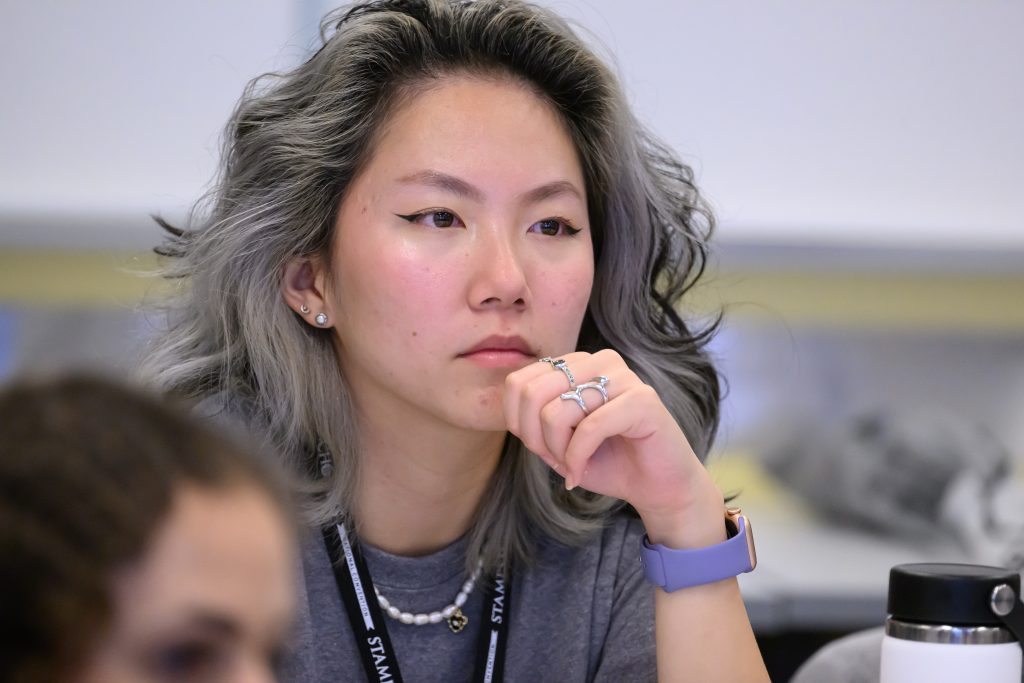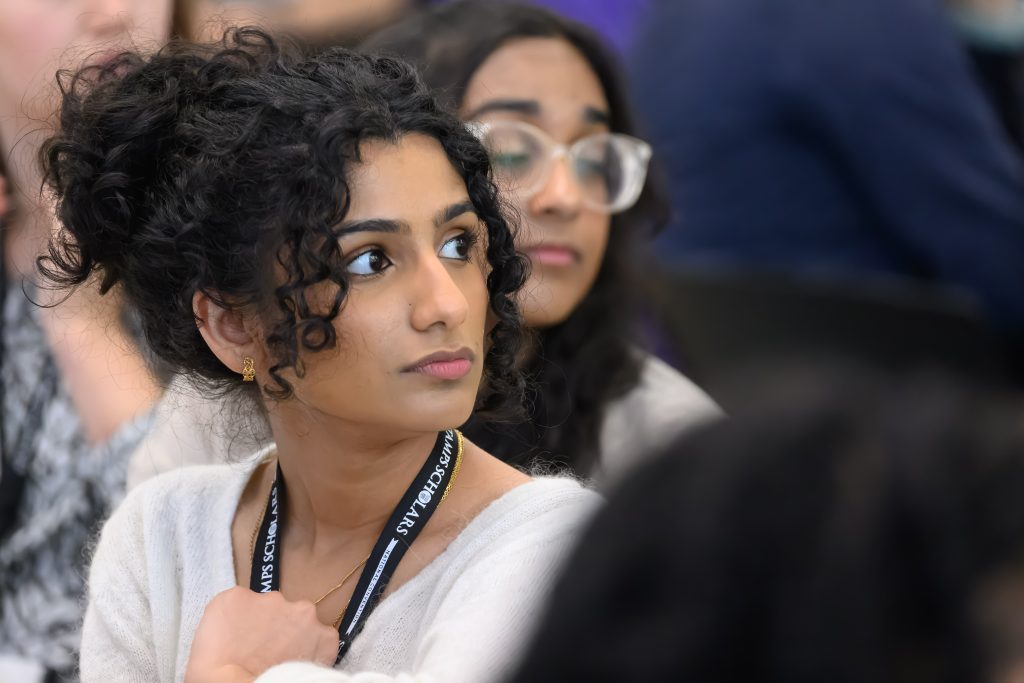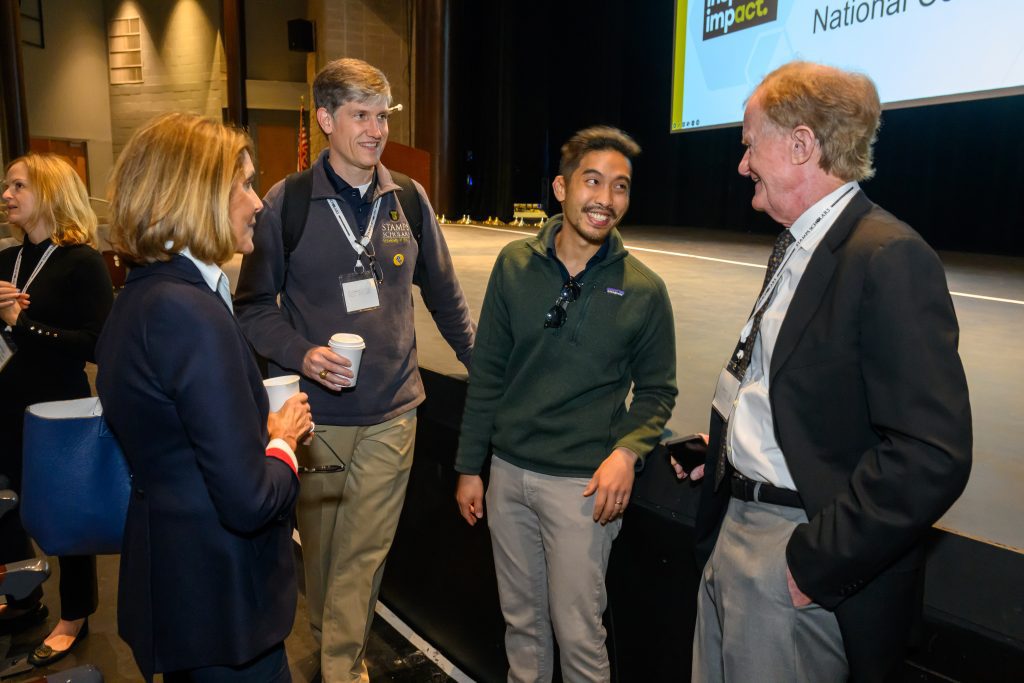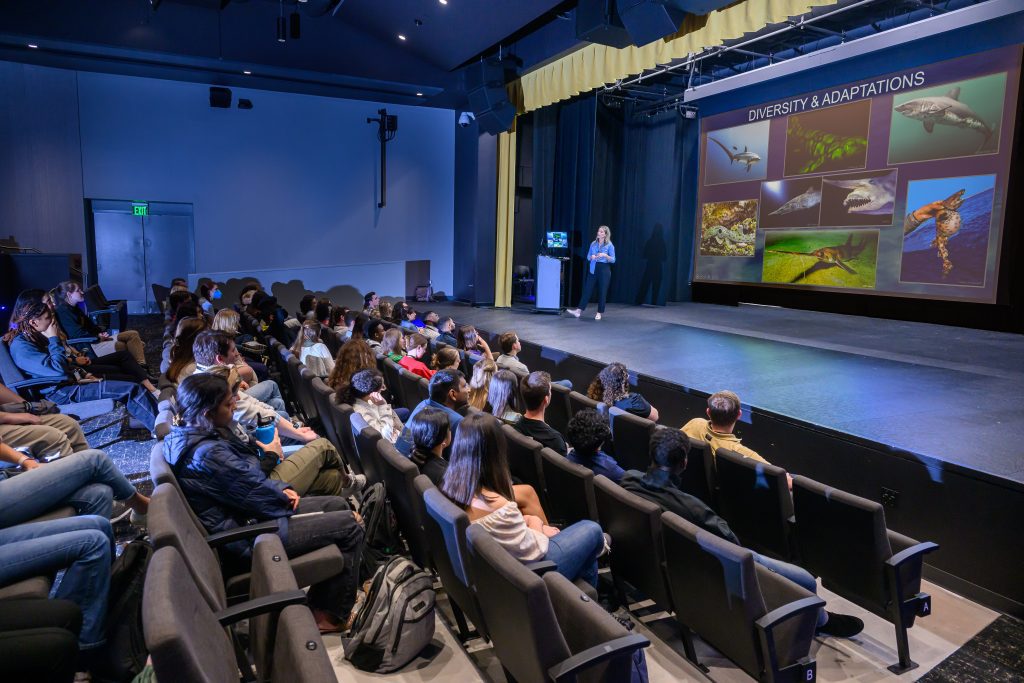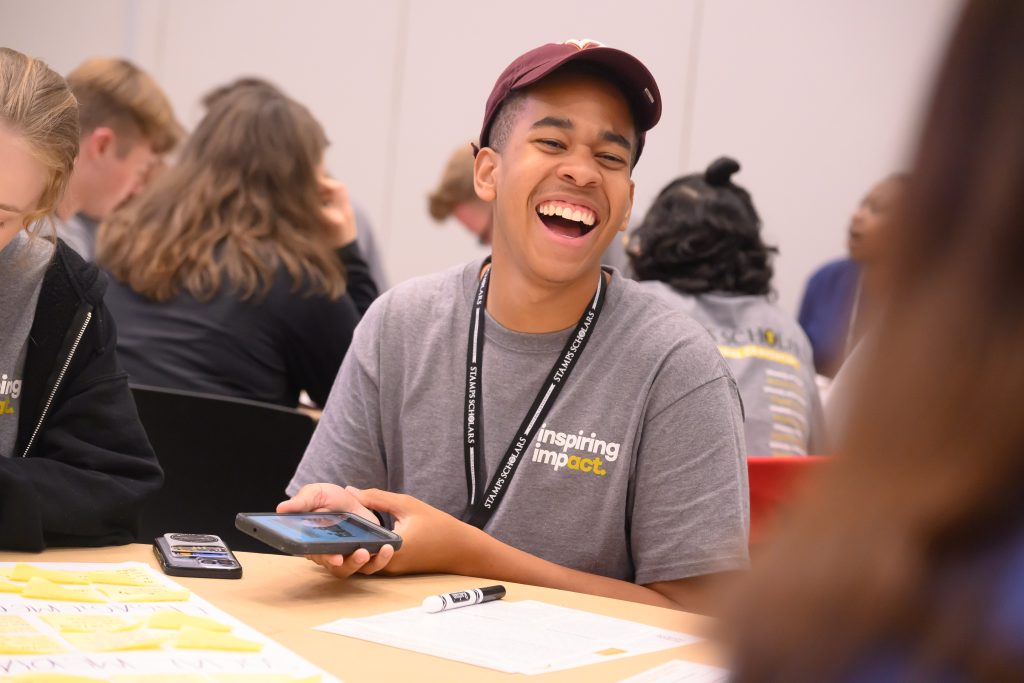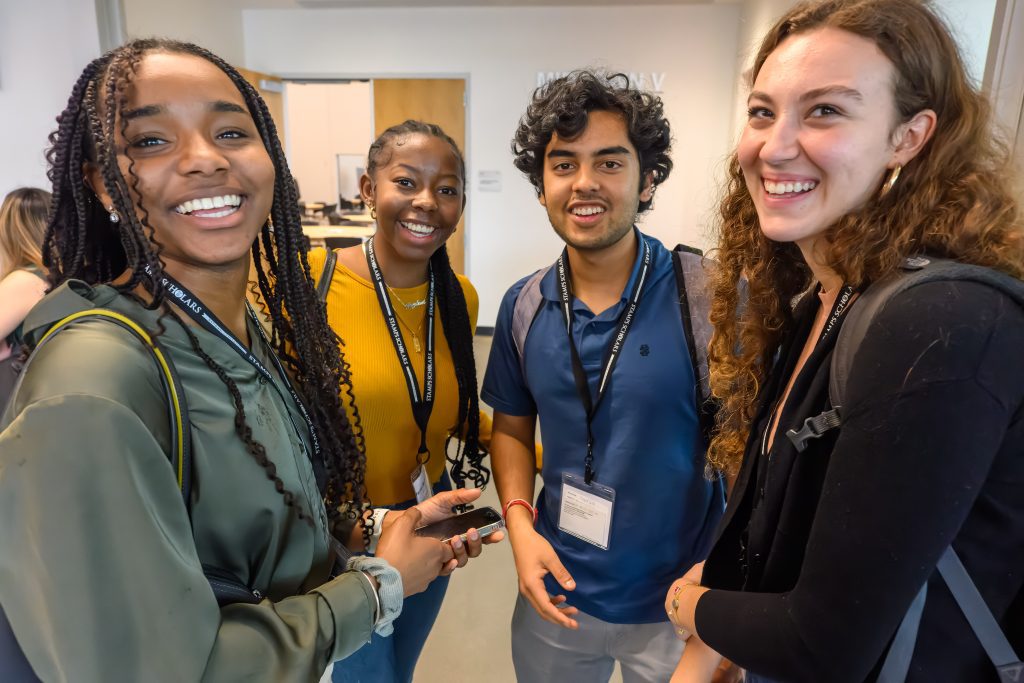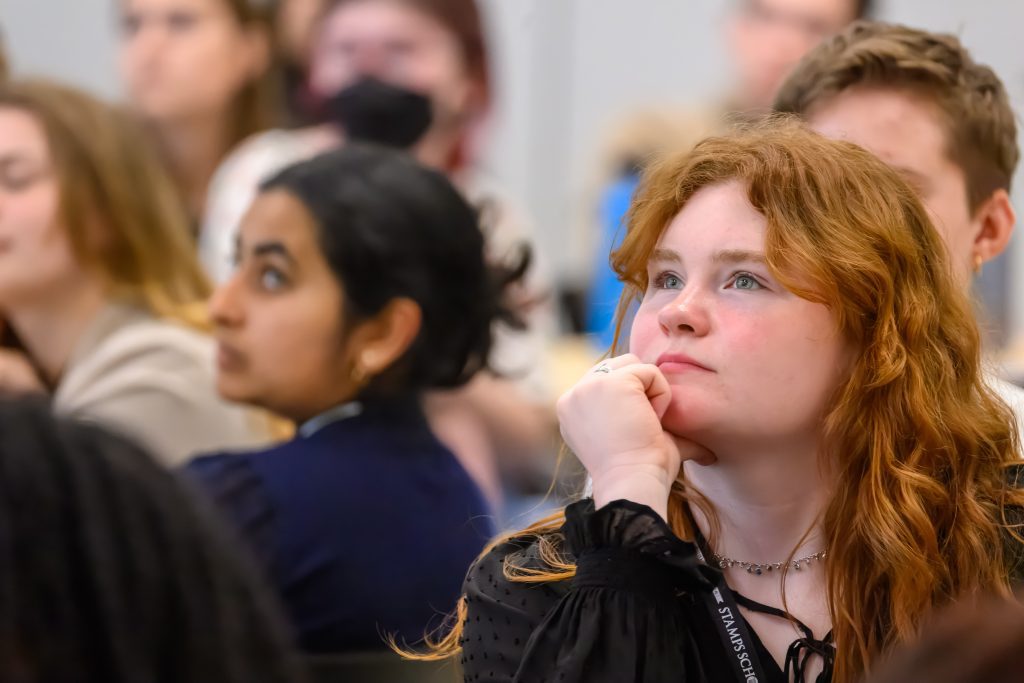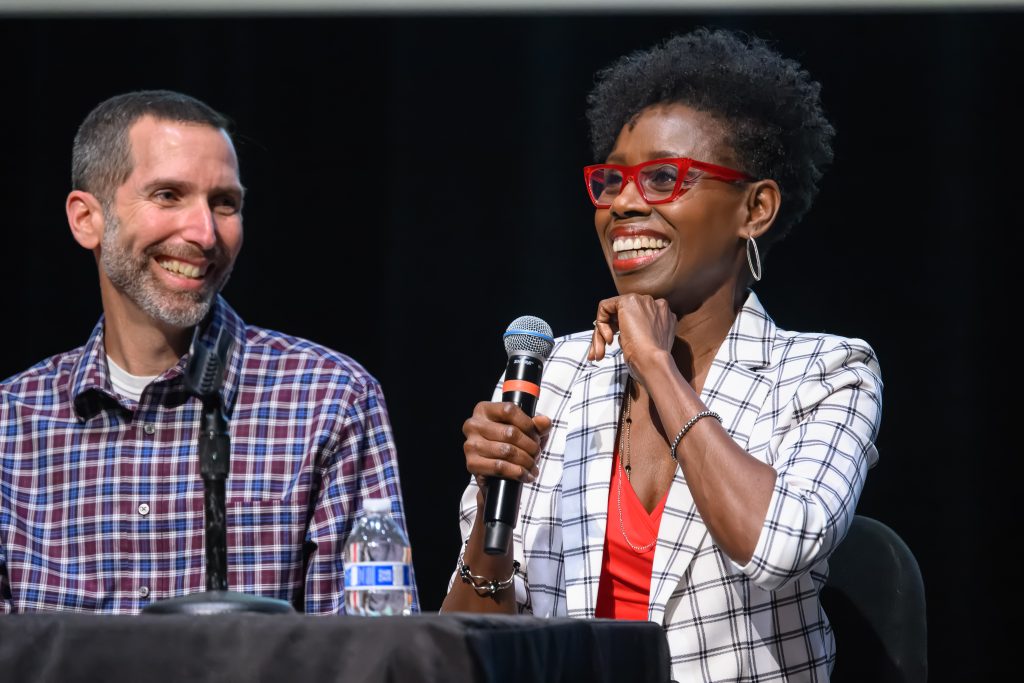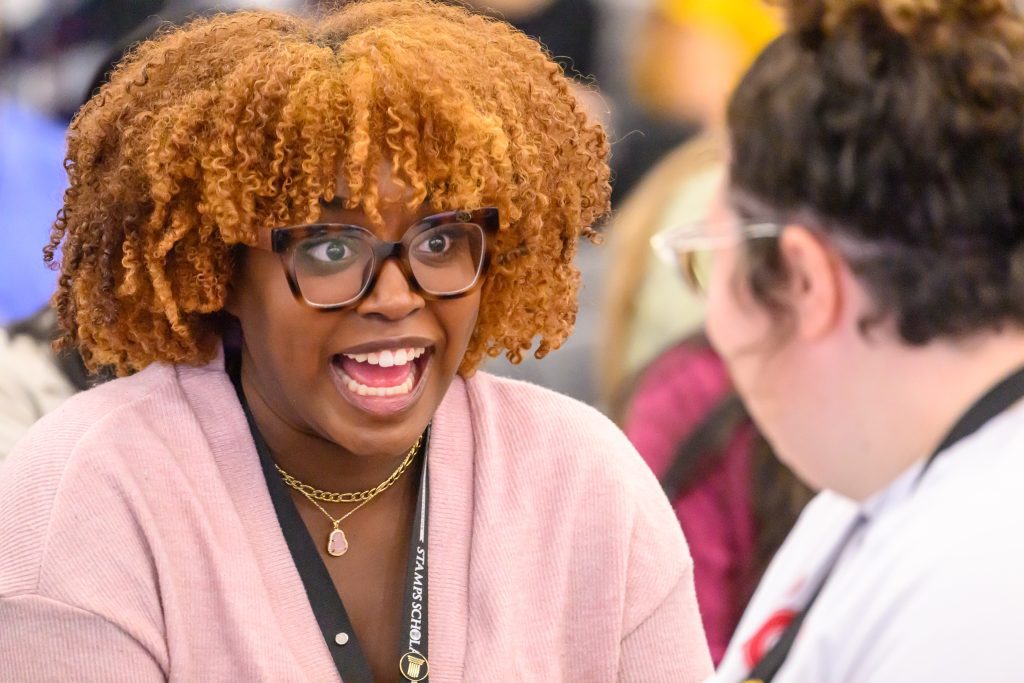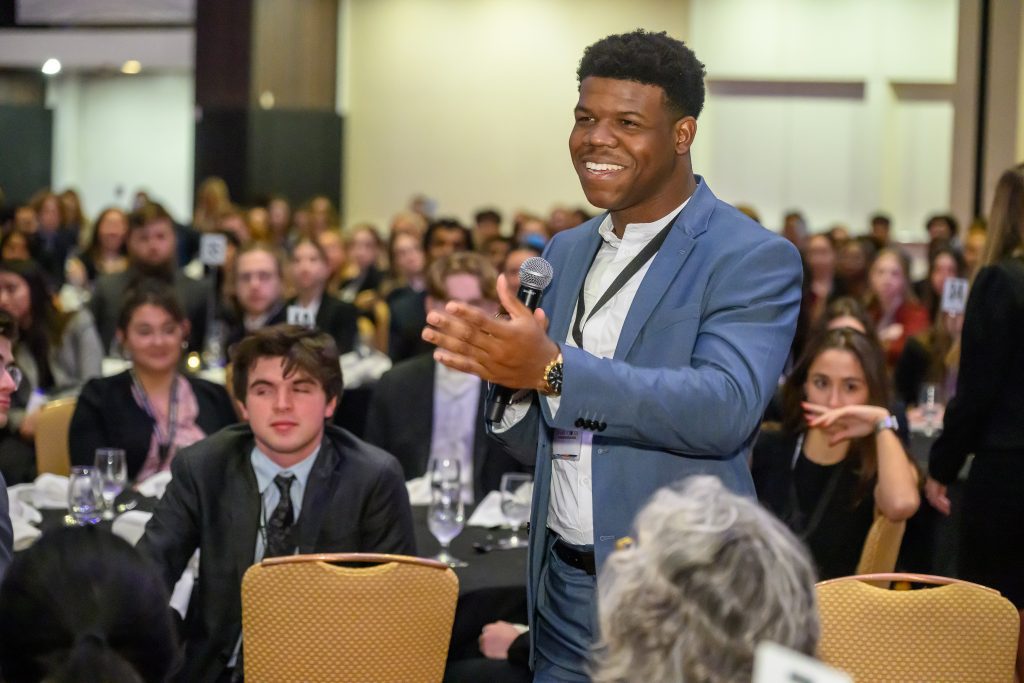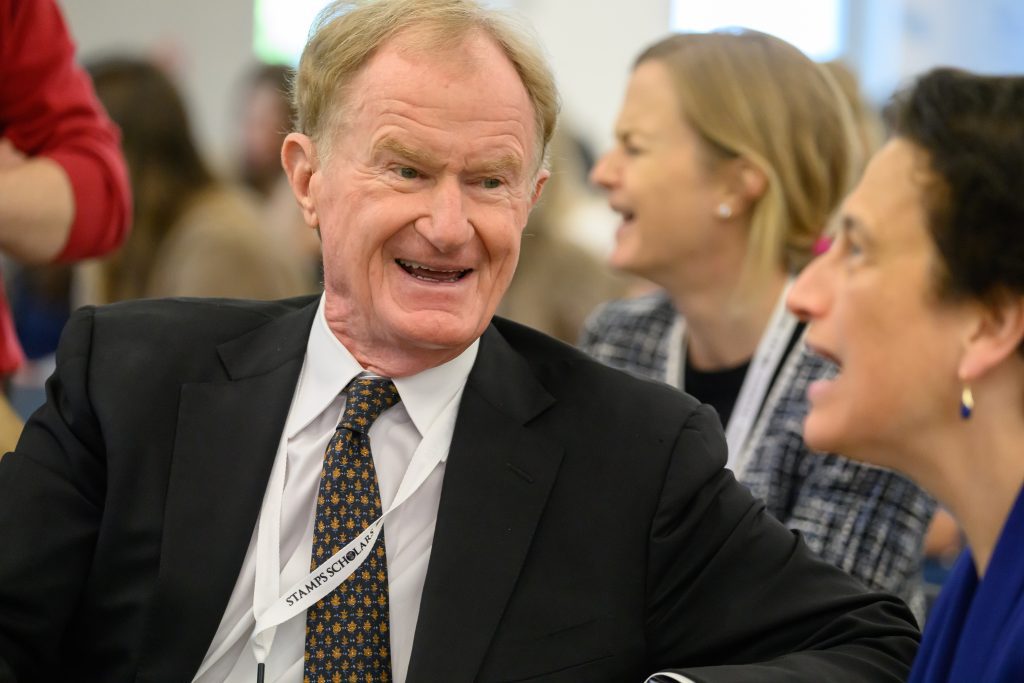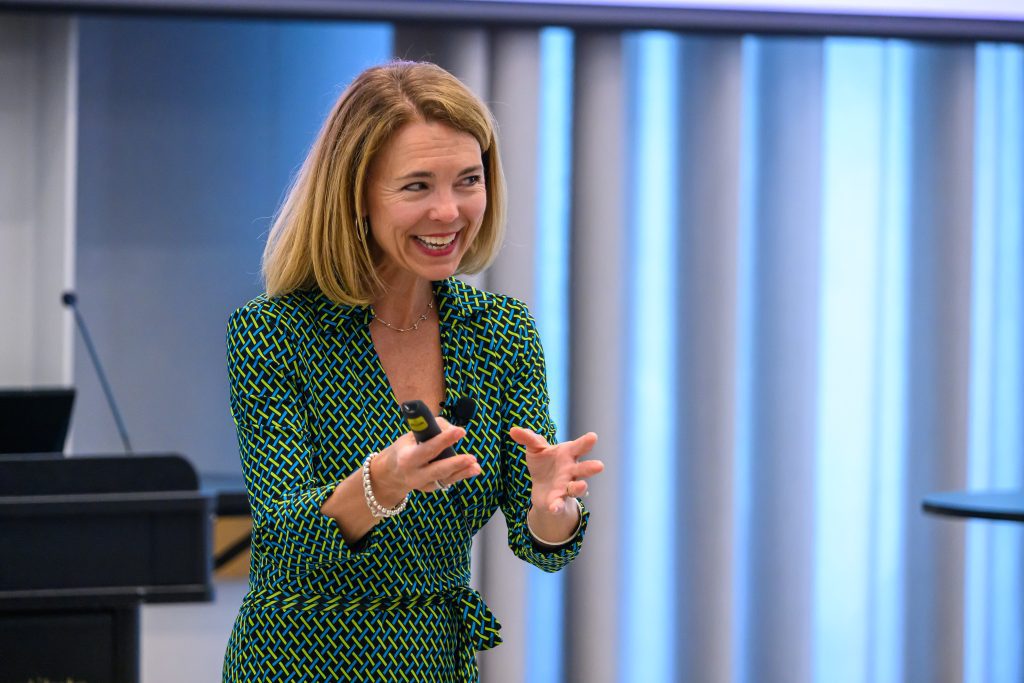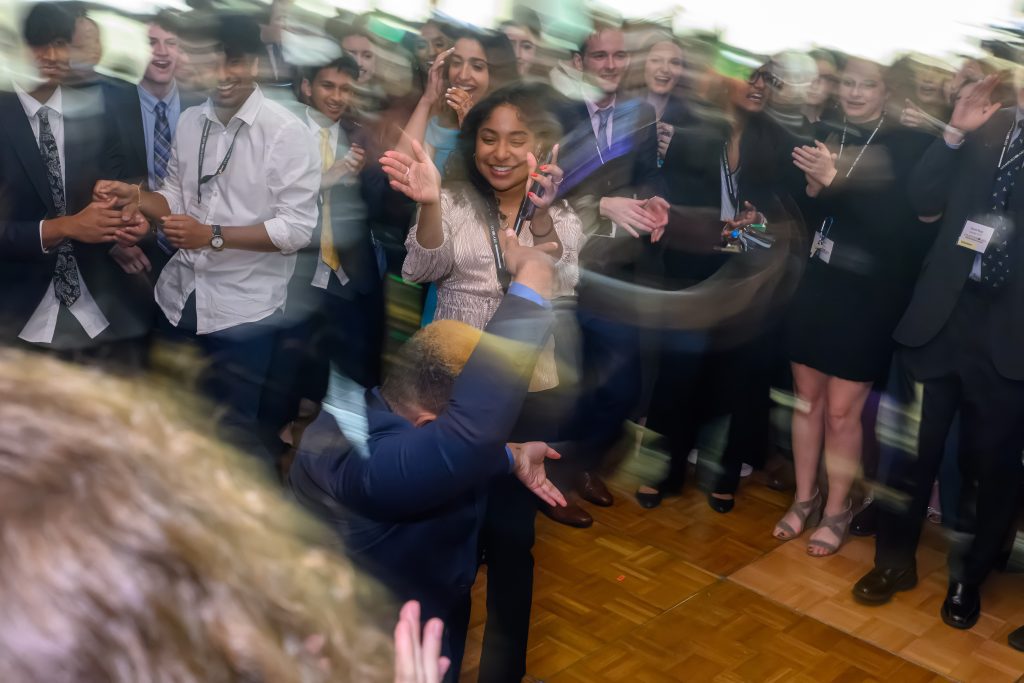Name tags may seem like a small detail, but they can significantly impact the success of a meeting or event. Name tags are essential for helping people connect and network, especially in large groups where it can be challenging to remember everyone’s name. Not only do they make introductions easier, but they also help to create a more inclusive and welcoming environment for all attendees.
One of the most important considerations when choosing name tags is to select ones that do not flip or rotate. Nothing is more frustrating than constantly adjusting a name tag that has flipped over, especially during a meeting or event where you want to focus on the conversation. By investing in high-quality name tags designed to stay in place, event planners can ensure that attendees can quickly and easily identify each other throughout the event.
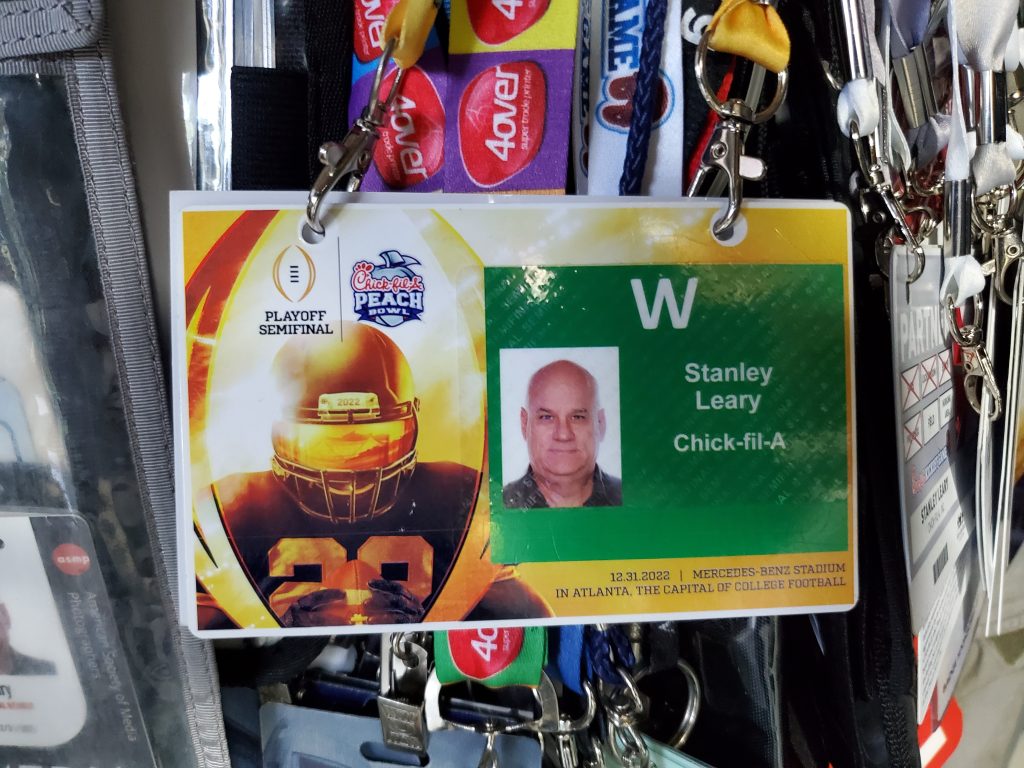
Another important consideration is the type of name tag holder that is used. Lanyards are a popular choice for events, but it is essential to make sure that they are adjustable so that attendees can position their name tags in a way that is visible to others. This is particularly important when people are seated at tables or in other situations where their name tag might not be easily visible.
In addition to providing basic identification information, many event planners are now incorporating additional details on name tags to help spark conversations and connections between attendees. This might include topics a person is interested in or hobbies they enjoy. By providing this information on name tags, event planners can help to facilitate more meaningful conversations and networking opportunities.
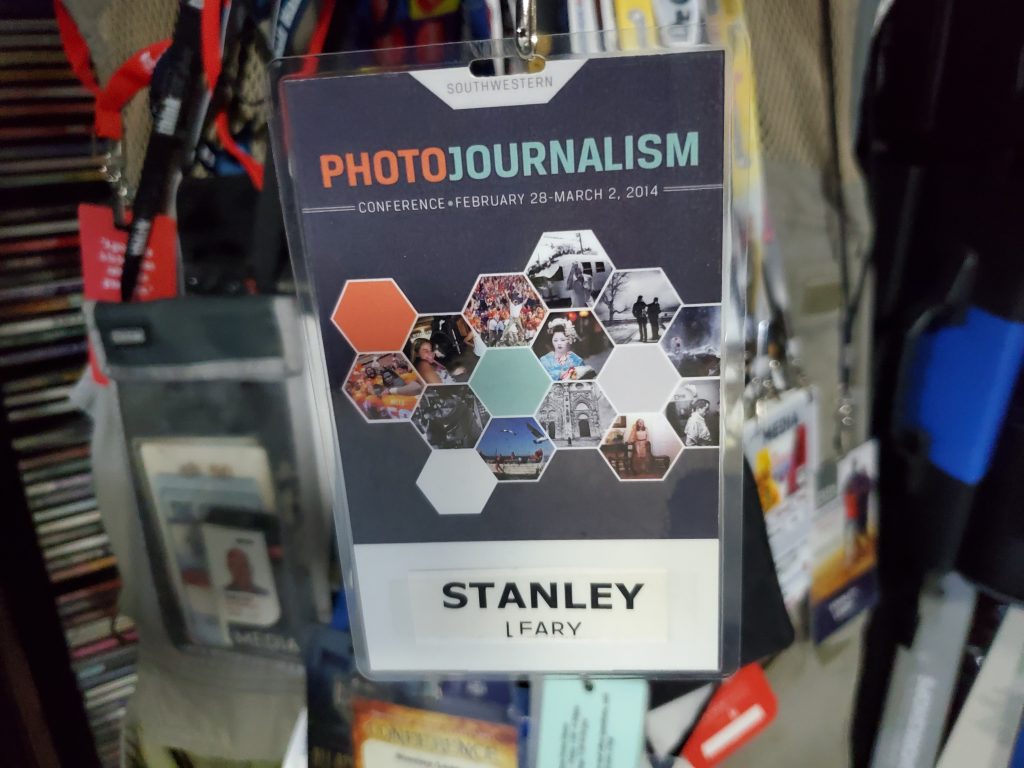
Overall, name tags may seem like a small detail, but they can play a significant role in the success of an event or meeting. Event planners can create a more inclusive and engaging environment that encourages networking and relationship-building by choosing high-quality, non-flip name tags and providing additional information to help attendees connect.

